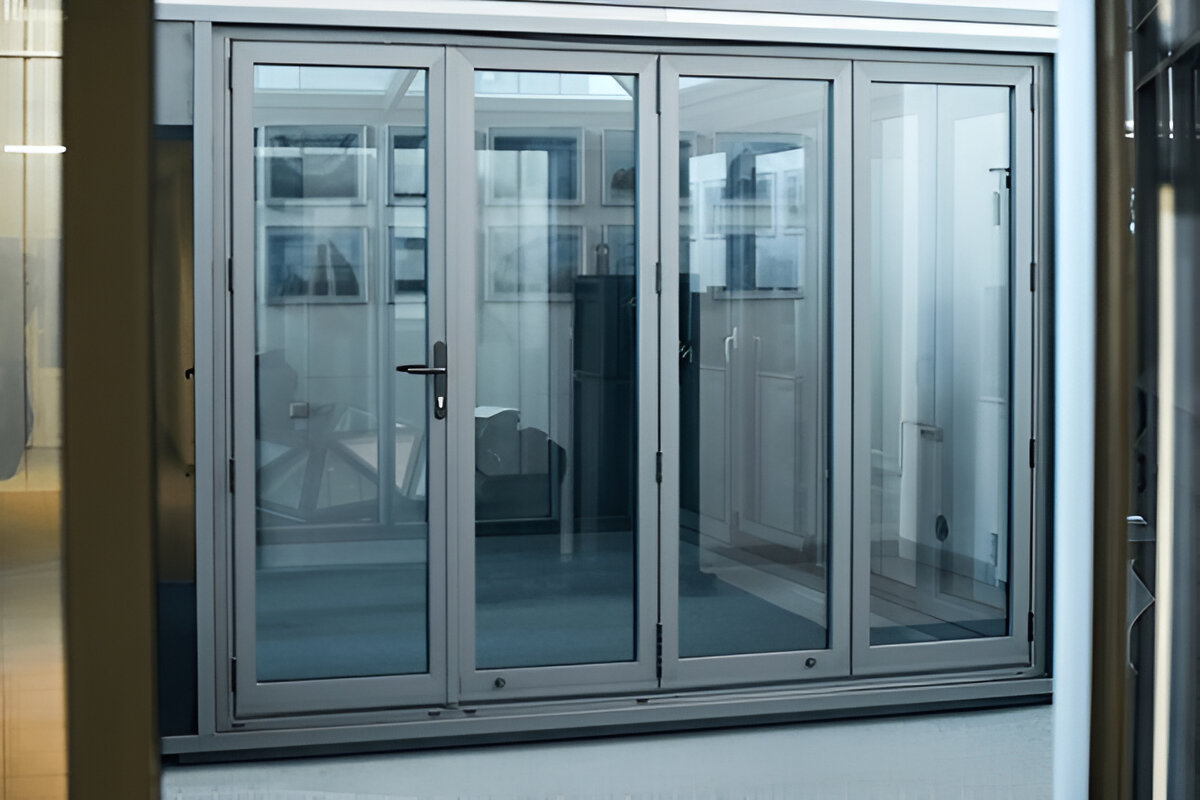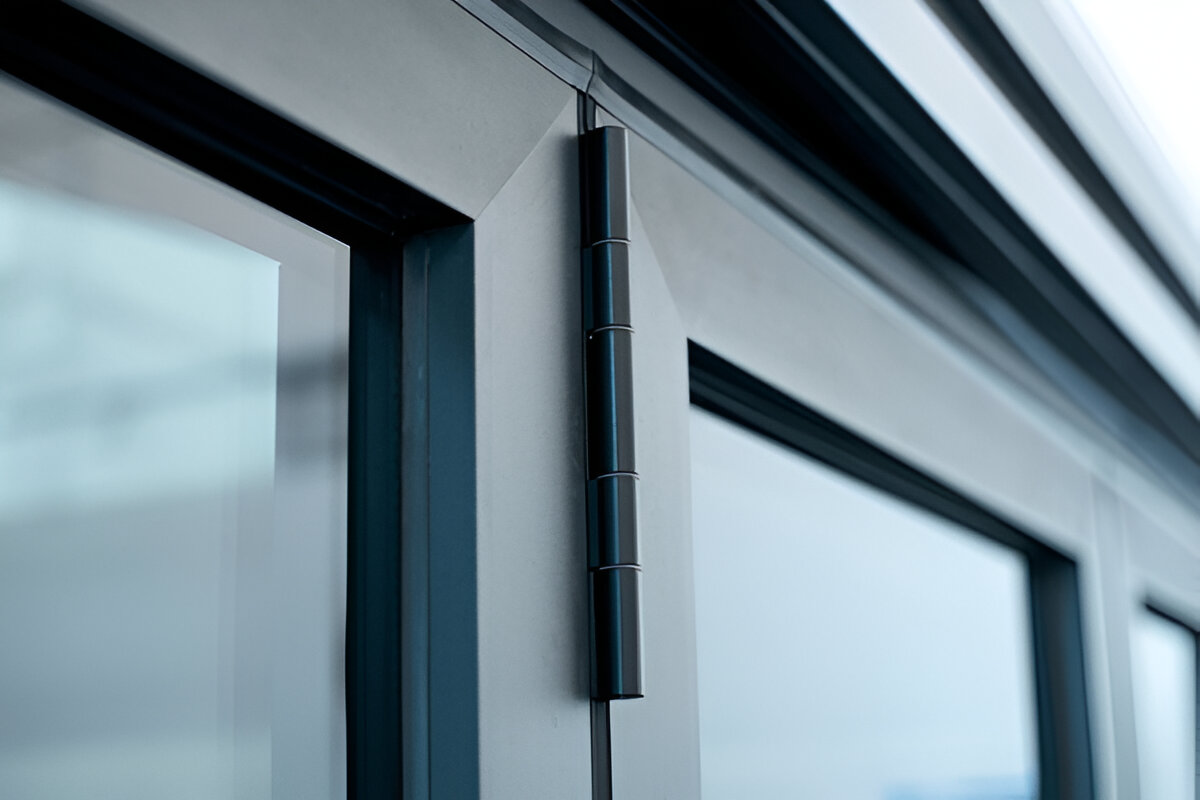Have you ever wondered how those sleek aluminium doors in your neighbour’s home came to be, or why custom designs seem to look so striking? Maybe you’ve flicked through home renovation magazines and dreamed about installing a polished aluminium frame sliding door in your own Australian property. Whether you’re building a new space or remodelling a classic home, the process of turning door design ideas into reality is both fascinating and complex.
By the end, you’ll have a thorough view of what goes into creating custom aluminium sliding doors. You’ll appreciate the craftsmanship, the engineering, and the many design options available to you. In short, if you’ve been daydreaming about that perfect sliding door with unique knobs or handles, this guide will show you exactly how aluminium door manufacturers deliver such personalised solutions.
Introduction to Custom Aluminium Doors
For anyone in Australia, home projects often revolve around making the most of natural light and indoor–outdoor living. That’s why custom aluminium doors have become such a popular choice. These doors can be tailored to blend seamlessly with your interior design while showcasing your individual style on the exterior. Not to mention, they can adapt to the often-extreme Australian climate—keeping your home well-insulated in winter and cool in summer.
Another key aspect of custom designs is the chance to truly stand out. For homeowners who desire something beyond the standard off-the-shelf models, custom door designs enable them to incorporate special features, select a distinctive frame colour, or even add decorative glass patterns. Aluminium’s durability means you can craft something that not only looks amazing but also stands the test of time.
At its core, a sliding door hinges on sturdy aluminium sliding door parts, from the rollers that let the door glide smoothly to the locks that keep your home secure. When designing a custom piece, manufacturers place special emphasis on these sliding door components to guarantee seamless function over many years. By balancing aesthetics and functionality, they ensure your door isn’t just gorgeous—it’s reliable too.
Key Elements of an Aluminium Sliding Door
When you hear the phrase “parts of a sliding door,” you might picture a simple track and panel. But there’s more going on under the surface. First, there’s the door panel itself, which often features an aluminium glass door frame that holds everything together. Then, you’ve got the track or rail along the floor or window ledge. Rollers fit within this track, ensuring the door slides without a hitch.
Aluminium sliding door parts generally come down to three main categories: the aluminium frame, the glass or panel section, and the smaller hardware pieces that bring it all together. The frame itself can vary in thickness and style, depending on what suits your décor or structural requirements. The glazing—whether it’s single, double, or even triple—will influence temperature control and light penetration.
From Concept to Creation: The Custom Design Process
Every successful custom door project starts with a conversation. Manufacturers often meet with homeowners or architects to pin down design preferences, measurements, and usage requirements. For instance, if you have an open-plan space leading to an outdoor deck, you might prefer a wide aluminium frame sliding door that merges your indoor and outdoor areas. During this phase, the focus is on clarifying your aesthetic tastes (colour, style, and finishes) and practical needs (insulation, security, and weather resistance).
One of the biggest decisions in the design phase is choosing the base material. Although timber can provide a classic look, it may require frequent treatment and can be susceptible to warping in harsh climates. On the other hand, PVC might be appealing for cost reasons but can look less refined in upmarket settings. The aluminium frame sliding door stands out as a middle ground, balancing style, durability, and ease of maintenance.
Modern Australian buildings often highlight open-plan principles, focusing on connecting interior spaces with the surrounding environment. Sliding door aluminium frames are a staple in these designs because they allow wide openings without cumbersome, bulky frames. The slimline aluminium profile offers an elegant border around large panes of glass, so sunlight can flood your living space.
In-House Hardware and Customisation Options
In-house hardware refers to door handles, locks, and knobs that are produced or sourced directly by the manufacturer rather than relying on third-party suppliers. This approach makes sure all parts fit together perfectly. Because the hardware is designed alongside the door, the entire system is less prone to alignment issues, squeaks, or awkward fits.
When it comes to personalising your door, few things make a statement quite like custom door knobs or custom door handles. Beyond basic functionality, handles set the tone of your door’s appearance—do you want something sleek and modern, or intricate and classical? The choice can reflect the rest of your interior décor, tie in with your external colour palette, or even function as a piece of art.
If you’re seeking something beyond off-the-shelf options, consider exploring personalised hardware. Customised door handles might include engravings, special shapes, or materials like leather or timber. These elements add a wow factor and can be a conversation starter whenever guests come over. They also offer a distinctive touch, making your door different from anything else on the market.
Common Questions About Custom Aluminium Doors
The main parts of a sliding door typically include the door panel (often framed in aluminium), the track or rail, and the rollers that allow the door to slide without friction. You’ve also got locks or latches to secure the door, plus weatherstripping to seal out unwanted draughts and moisture. In custom designs, these elements may be upgraded or tweaked to serve specific aesthetic or performance needs, ensuring the final door meets your exact requirements.
Replacing basic hardware like door handles or locks can be a straightforward DIY project if you’re comfortable with tools. However, more complex tasks—such as swapping out the track, rollers, or even the aluminium glass door frame—may require professional expertise. Mistakes in alignment or fitting can lead to a misaligned door that sticks or refuses to lock properly. So, unless you have a strong understanding of sliding door components, it’s wise to consult an expert for major replacements or repairs.
Aluminium is known for its longevity and corrosion resistance, making it a solid choice in coastal or humid Australian environments. With proper maintenance—such as keeping the track clean and lubricating moving parts—an aluminium sliding door frame can last well beyond a decade. In fact, many homeowners find their doors still function remarkably well 15 or even 20 years later. The key is routine care and timely replacement of any worn components like rollers or seals.

Manufacturing Challenges and Quality Assurance
Not every request is a simple “add a bigger handle” scenario. Sometimes, clients demand unusual shapes, enormous, glazed panels, or intricate design flourishes. Such complexities require advanced engineering, specialised machinery, and a team of seasoned professionals who understand the intricacies of aluminium fabrication. Custom projects may also require more raw materials, unique hardware, or robust support structures.
One misconception is that slender frames might mean weaker frames. In reality, a well-made aluminium sliding door frame is engineered to remain rigid and stable for many years. Still, maintaining durability depends on correct installation and routine upkeep. If you fail to clean the tracks or ignore creaky rollers, small issues can develop into big problems.
Even the best-designed sliding door components won’t perform if installation is botched. Precision is vital: the track must be level, the rollers aligned, and the frame securely fixed. Professionals often use laser levels and other digital tools to confirm everything is squared up. Certain doors also require special sealants or membranes to prevent water ingress, which is especially important in wetter regions.
Practical Tips for Working With an Aluminium Door Manufacturer
Before you get carried away with all the exciting design possibilities, set a clear budget and a timeframe. Talk openly with your chosen manufacturer about how much you’re willing to spend. They can advise you on where to allocate funds to get the most value—maybe by prioritising high-grade hardware or double-glazed panels. Having a realistic financial plan also stops surprises later on, ensuring the project stays on track.
When working with a manufacturer, good communication is everything. Share reference pictures of sliding door styles you admire. Bring up specifics, like whether you need child-safe locking systems or extra insulation if you live in a cooler area. The more transparent you are, the easier it will be for the manufacturer to suggest the right sliding door components for your unique situation.
After your custom door arrives, the journey isn’t over. Routine maintenance keeps everything running smoothly. This usually involves cleaning the glass with a gentle solution, lubricating the track and rollers, and occasionally checking the weather seals for damage. If an issue appears, address it quickly. A minor tweak can often prevent a bigger, more expensive problem from rising down the line.
Conclusion
Summing up, the magic of custom aluminium doors lies in the interplay of design vision, quality materials, and expert craftsmanship. From picking the perfect aluminium glass door frame to choosing unique hardware, every step matters. In Australia, where merging indoor comfort with the beauty of the outdoors is essential, a well-executed custom door can uplift both the look and the liveability of your space.
Reflecting on what we’ve covered, it’s clear that manufacturers approach custom designs with systematic care. They begin by understanding your style, budget, and functional needs. Then they walk you through selecting sliding door components, balancing aesthetics and practicality. When carried out properly, this process results in a door that glides effortlessly and stands up to everyday wear and tear for many years.
Ultimately, installing a custom aluminium door is about more than just a new entryway. It’s about personalising a key element of your home so it mirrors your tastes while embracing modern engineering. Whether you’re eyeing custom door knobs, a glossy finish, or distinctive glass panels, you have a wealth of possibilities to explore. By working closely with seasoned experts, you can bring your dream door design to life—one that you’ll appreciate each time you slide it open.

